Characterised by vibrant flavours and unique cooking techniques, Korean cuisine promises travellers a gastronomic adventure that highlights the rich traditions and cultural heritage of Korea.
Central to Korean food culture is the principle of balance and harmony. Each meal is a thoughtful arrangement of textures, colours and flavours. Korean meals are also designed to be eaten communally, with one large family-style dish for everyone to share accompanied by an array of side dishes.
One well-known side dish is kimchi. Kimchi is a staple of any Korean meal and exemplifies the traditional balance of flavours. Made from fermented vegetables with a mix of garlic, vinegar, chilli and other spices, kimchi is both a healthful side dish and a deeply flavorful addition to meals.
Along with kimchi, Korean meals feature an array of vegetable side dishes, called banchan. Served in small portions, banchan are intended to compliment the flavours of the main dish. Examples of typical banchan include stir-fried spinach, spicy radish salad, steamed eggplant and seasoned bean sprouts.
EXO highlights the country’s diverse cuisine and culinary culture in our nine-day Flavours of Korea journey. Through cooking classes and special meals, as well as guided touring, guests will connect with Korea through it’s food and traditions.
Getting hungry? Read on to learn more about Korean cuisine and check out
EXO’s recommended dishes to try while visiting Korea.

Korean favourites
These classic Korean meals have gained international popularity in recent years. Travellers should not miss trying them when visiting Korea!
- Bibimbap, which translates to ‘mixed rice,’ highlights the Korean art of balance. It is served as a bowl of warm white rice topped with seasoned vegetables, chili pepper paste, and usually a raw or fried egg and sliced meat. Diners mix everything together just before eating, allowing the blend of ingredients to create a harmonious flavour profile.
- Korean barbeque is not only a meal but a hands-on, communal dining experience. Diners grill their own meat directly at the table on a mini-barbeque,. Once cooked, the meat is cut into smaller pieces and placed on lettuce leaves, wrapped with garlic, Gochujang (Korean chili paste), sesame oil and other condiments to accentuate the meat’s rich flavour.
- Chimaek this combination of Korean fried chicken and beer is often enjoyed among friends at the weekend or out for picnics.

Street food delights No visit to Korea would be complete without sampling its beloved, street food dishes. Here are a few of the best Korean street food dishes to try:
- Tteokbokki: Chewy rice cakes cooked in a sweet and spicy sauce made from gochujang and combined with fish cakes, boiled eggs and scallions.
- Bindaetteok: A crisp pancake made of ground mung beans, mixed with vegetables and sometimes meat, resulting in a savoury, nutty flavour.
- Hotteok: A sweet, stuffed pancakes filled with a mixture of brown sugar, honey and cinnamon, often enhanced with nuts.
- Gimbap: Referred to as Korean sushi, gimbap is a roll of seaweed wrapped around rice and various fillings such as vegetables, pickled radish and tuna or ham.
- Odeng: Skewered fish cakes boiled in a light, savory broth and served with a dipping sauce. A staple at Korean street food stalls, especially in colder months.

Soups & stews are a huge part of Korean cuisine. Complimentary bowls of soup are often served at restaurants alongside Korean dishes but EXO highly recommends sampling some of the other varieties on offer.
There are four categories of soups in Korea.
Guk is a thin soup served in individual portions alongside rice. No additional spices or herbs are added to guk by the diner whereas tang, a shared soup, is intended to be enhanced to the diners preference once served by adding salt, fresh green onions and hot chili paste. Jjigae has a stew-like consistency and features a higher proportion of solid ingredients like fish, tofu or meat. And, finally, Jeongol is a communal hot pot dish where the broth is poured over raw ingredients, such as meat, fish and vegetables.
Popular varieties include:
- Doenjang-jjigae: This Korean staple is made from fermented soybean paste
- Kimchi-jjigae: A hearty kimchi-based soup with vegetables and tofu
- Sundubu: A spicy soup with tofu, served extra hot and with a raw egg that is cracked on top

Seafood dishes
Korean cuisine is renowned for its diverse and flavorful seafood dishes, which play a vital role in the nation’s culinary identity. Coastal regions and islands like Jeju are famous for their unique seafood harvesting methods, such as those practised by the Haenyeo, women divers who collect fresh catches without the use of breathing apparatus.
Seafood in Korea is consumed in various forms, from raw preparations to stews. Here are a few popular seafood dishes:
- Grilled seafood is commonly enjoyed, with mackerel and squid being favourites for their smoky and crisp textures.
- Hoe is the Korean version of sashimi, which is often accompanied by spicy and tangy sauces that enhance the fresh flavors of the fish.
- Mulhoe is a spicy raw fish soup, served cold. This dish typically features thinly sliced fresh fish mixed with crisp vegetables and a tangy, fiery sauce made from gochujang.

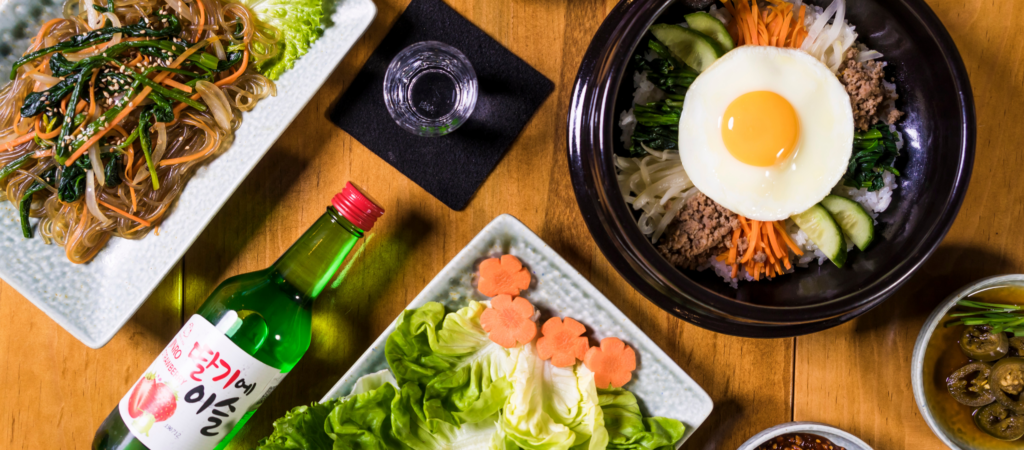
Wash it down with…
Travelers to Korea should also not miss out on trying traditional beverages such as soju, a clear spirit usually made from rice or sweet potatoes, and makgeolli, a milky rice wine. Both beverages offer a deeper insight into the Korean way of life and provide a perfect pairing for many Korean dishes.
Exploring Korean cuisine is a gateway to understanding the country’s rich cultural tapestry. Each dish not only delivers exquisite tastes but also tells a story of the landscape, climate, and historical changes across the peninsula. For travelers, indulging in these culinary delights offers a deeper connection to the spirit of Korea, making it a pivotal part of the travel experience.



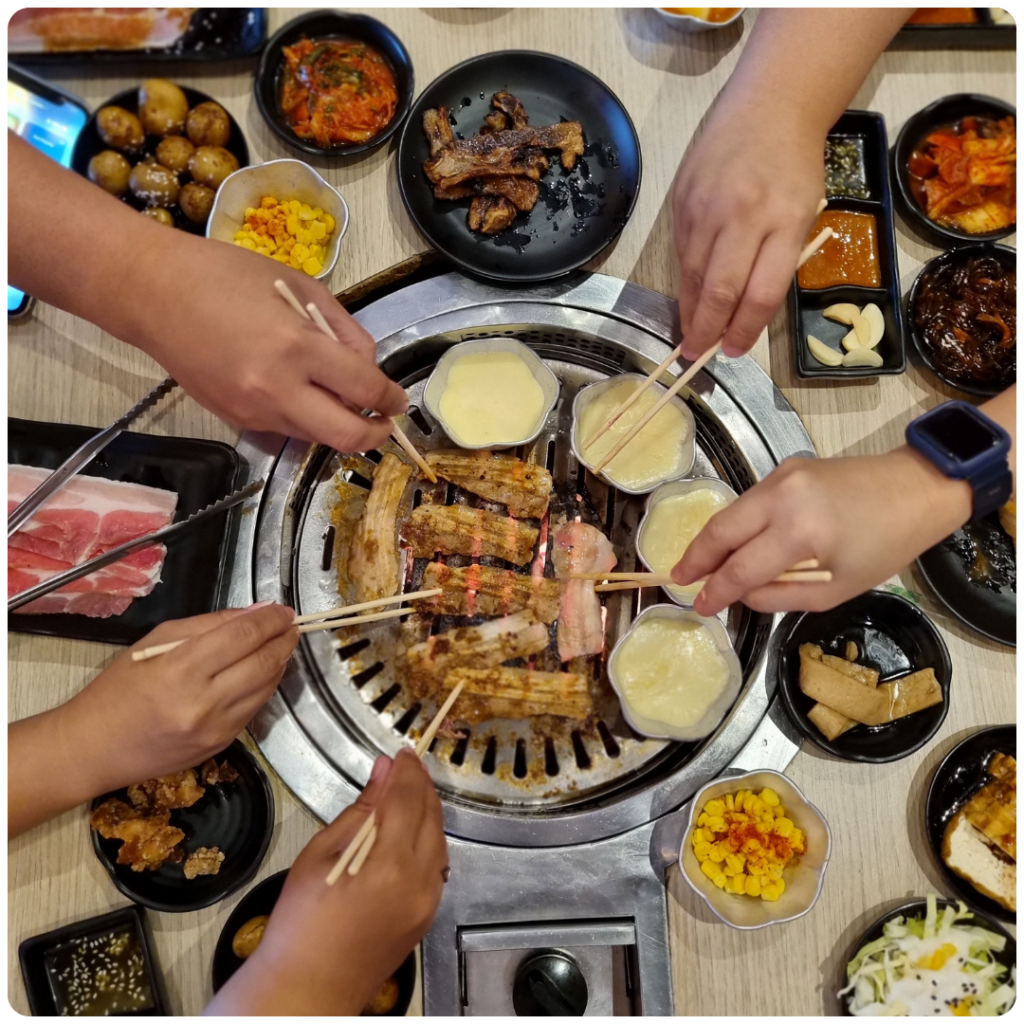
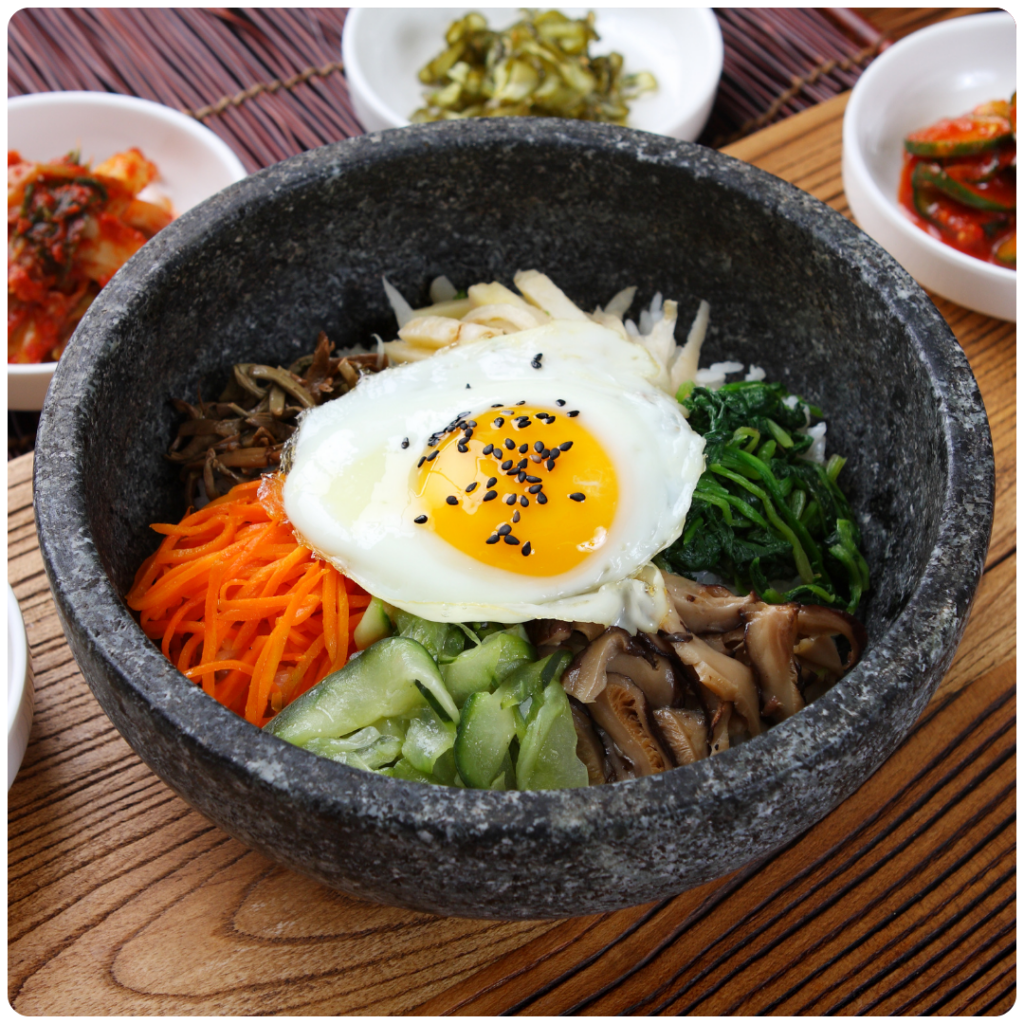
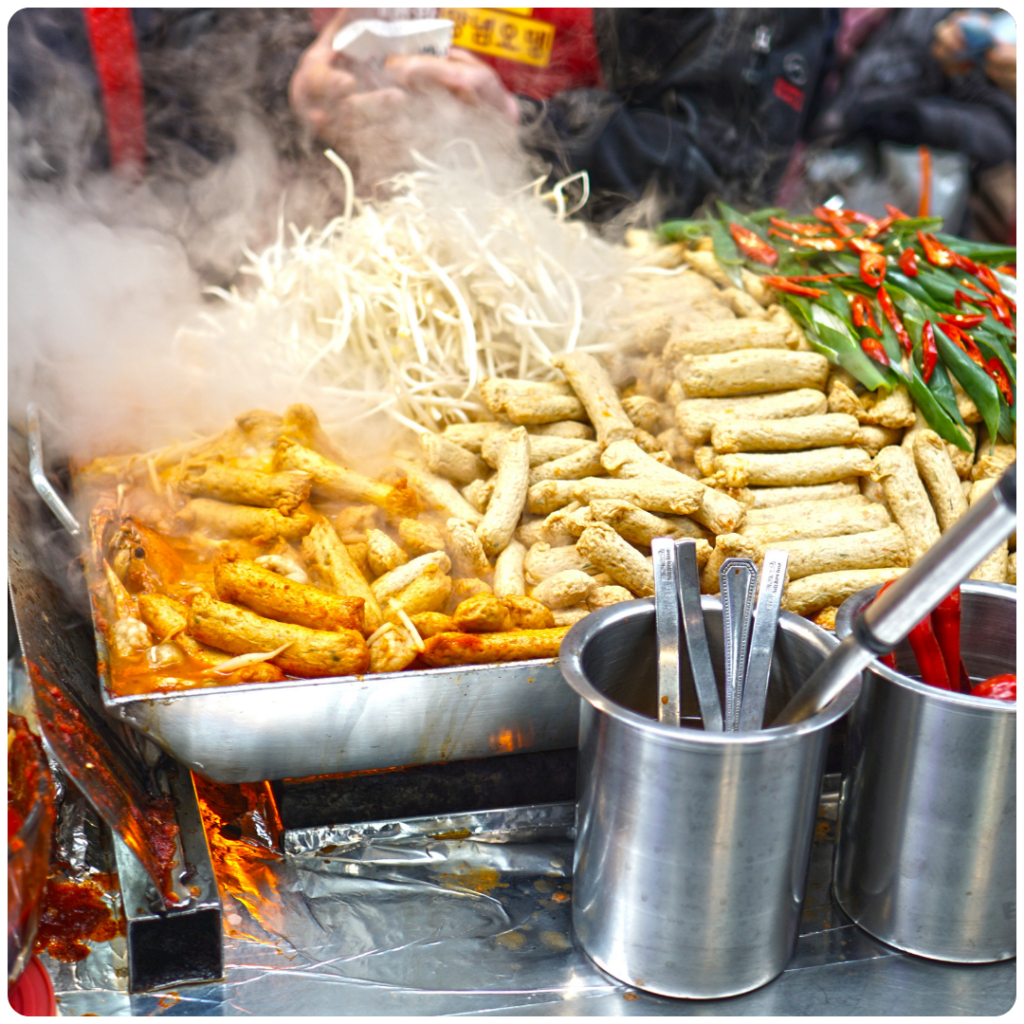
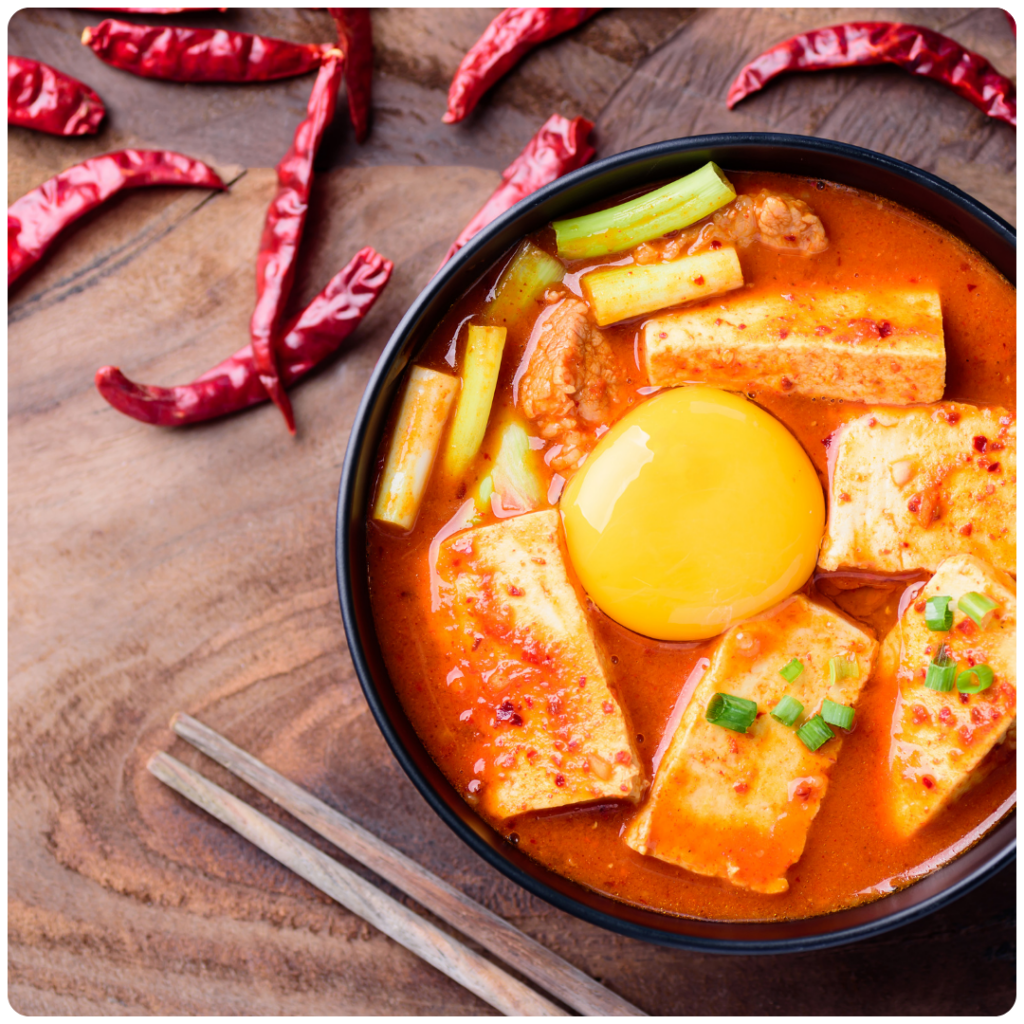
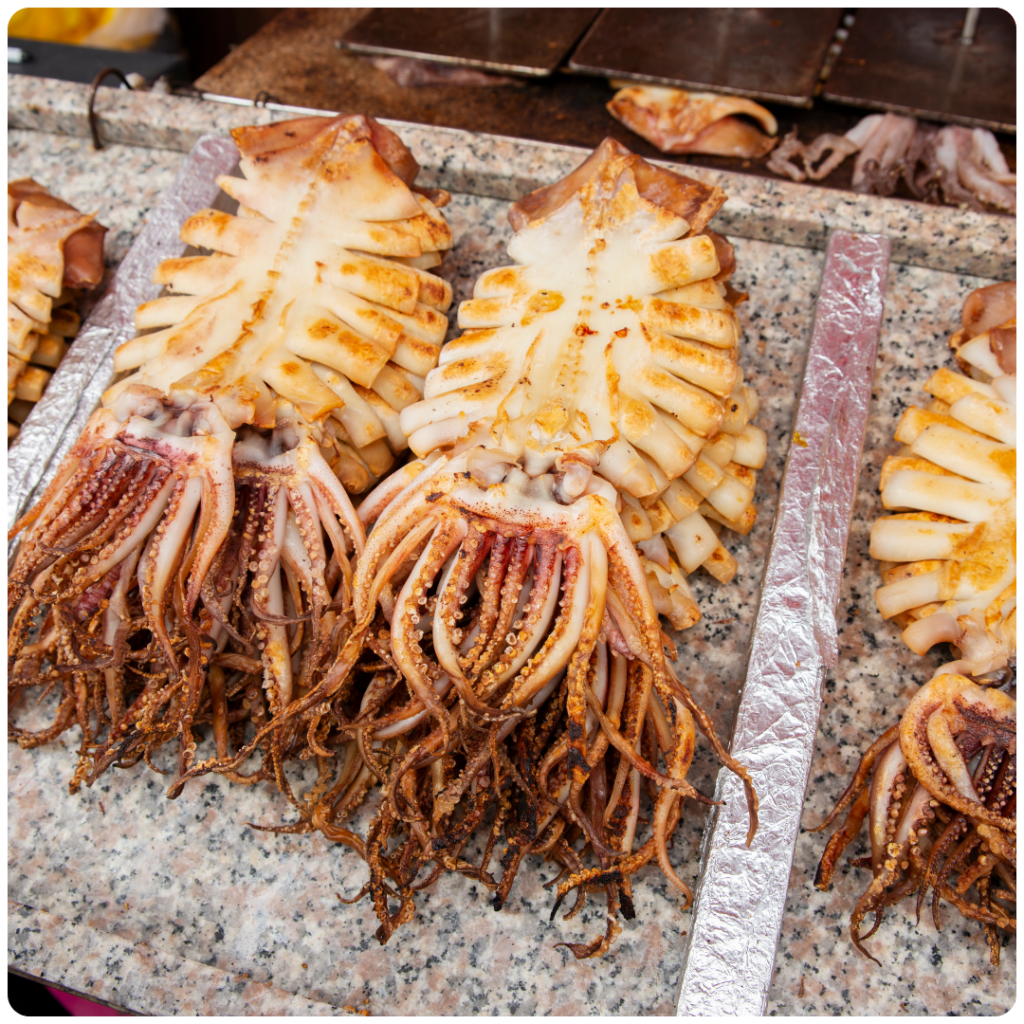

 " alt="">
" alt=""> 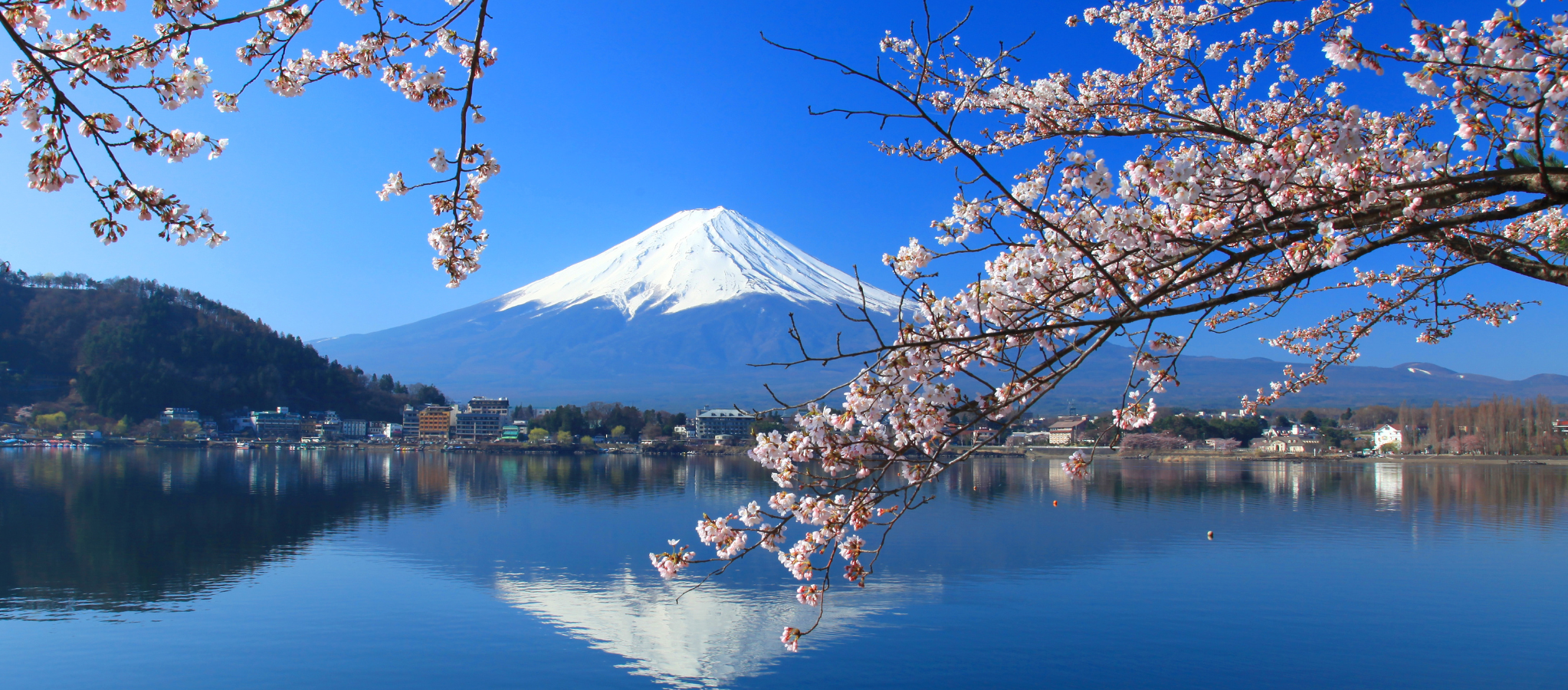 " alt="">
" alt="">  " alt="">
" alt="">  " alt="">
" alt=""> 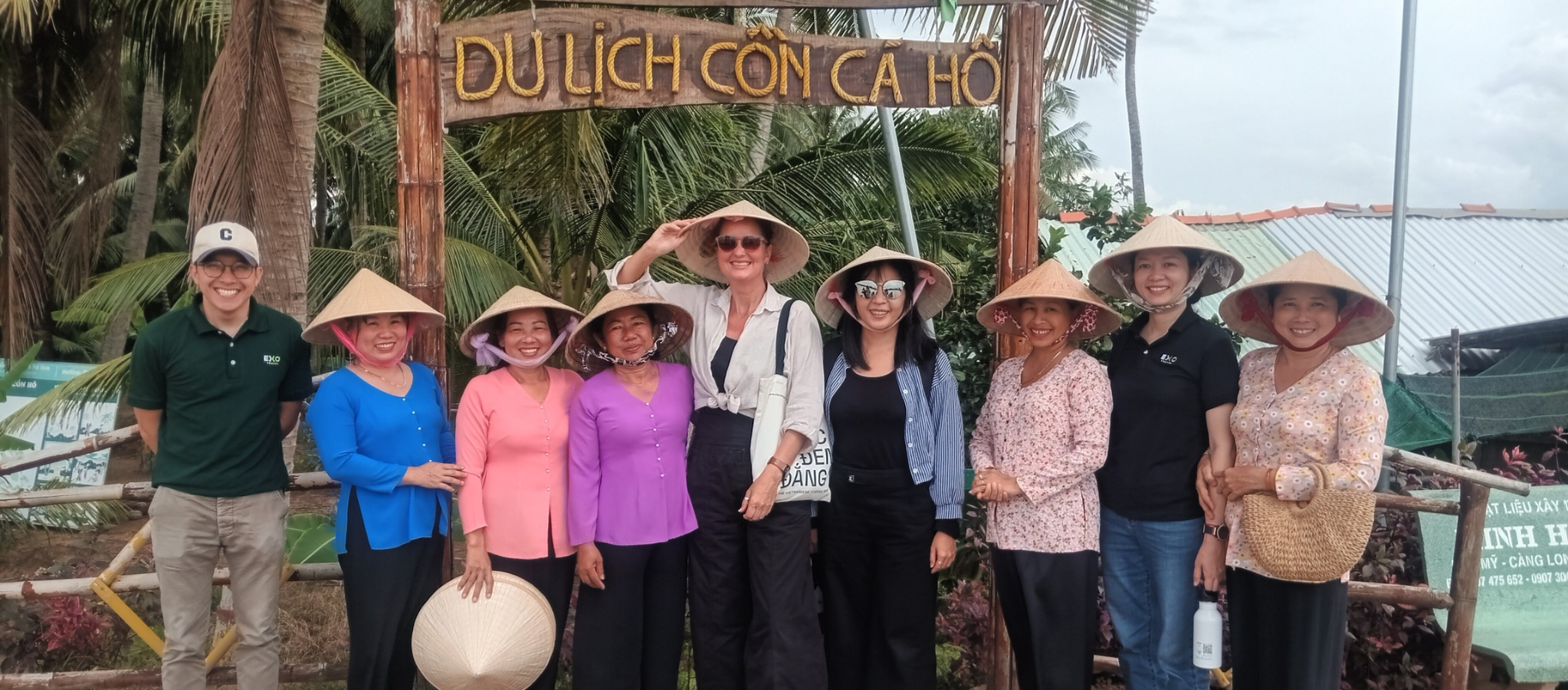 " alt="">
" alt="">  " alt="">
" alt="">  " alt="">
" alt="">  " alt="">
" alt=""> 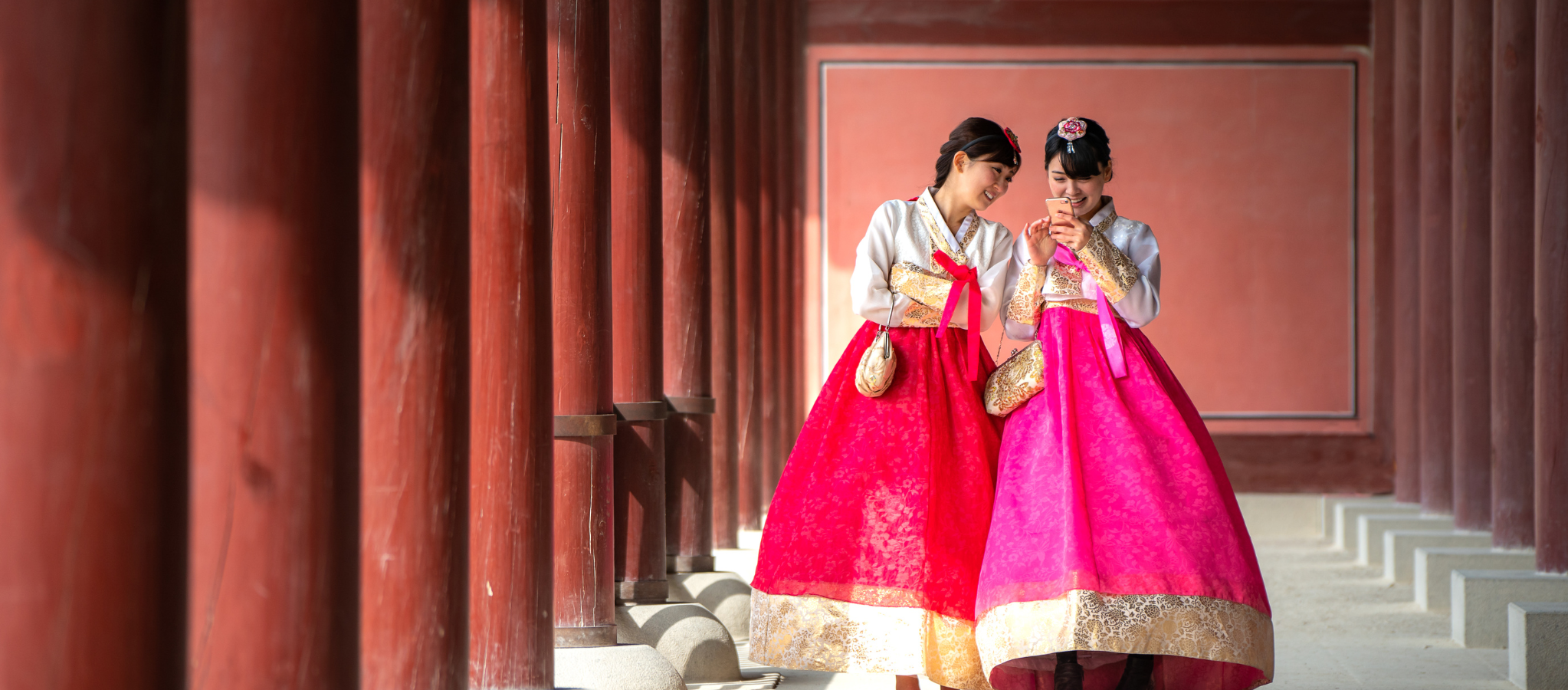 " alt="">
" alt="">  " alt="">
" alt="">  " alt="">
" alt="">  " alt="">
" alt=""> 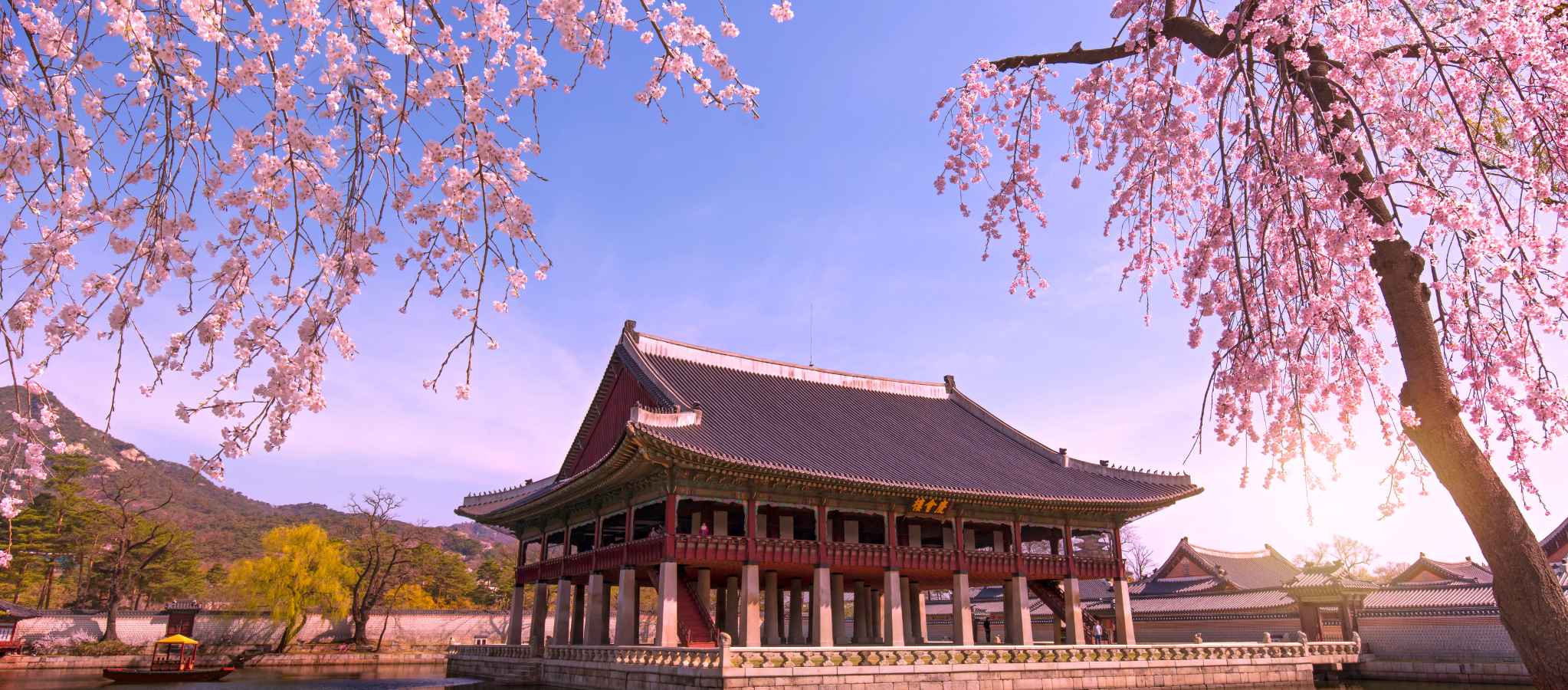 " alt="">
" alt=""> 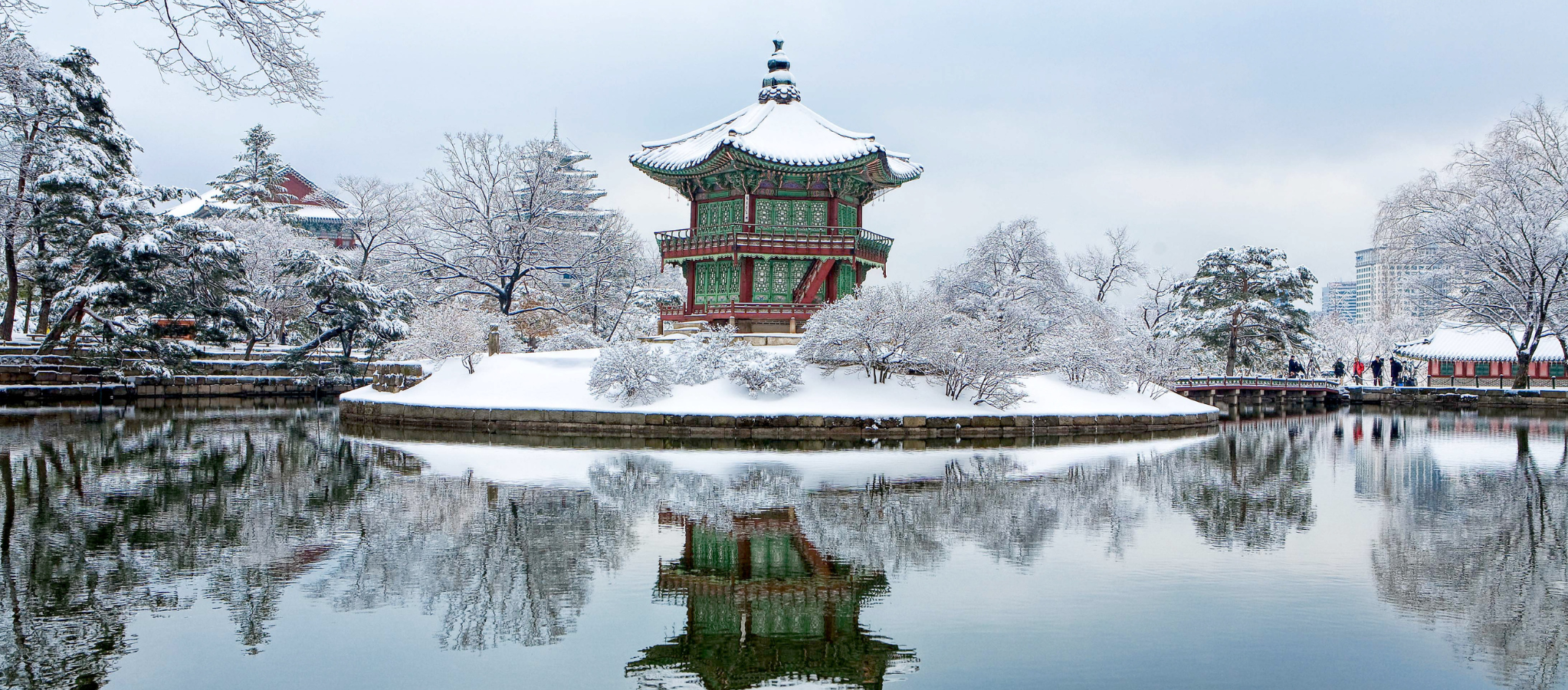 " alt="">
" alt="">  " alt="">
" alt=""> 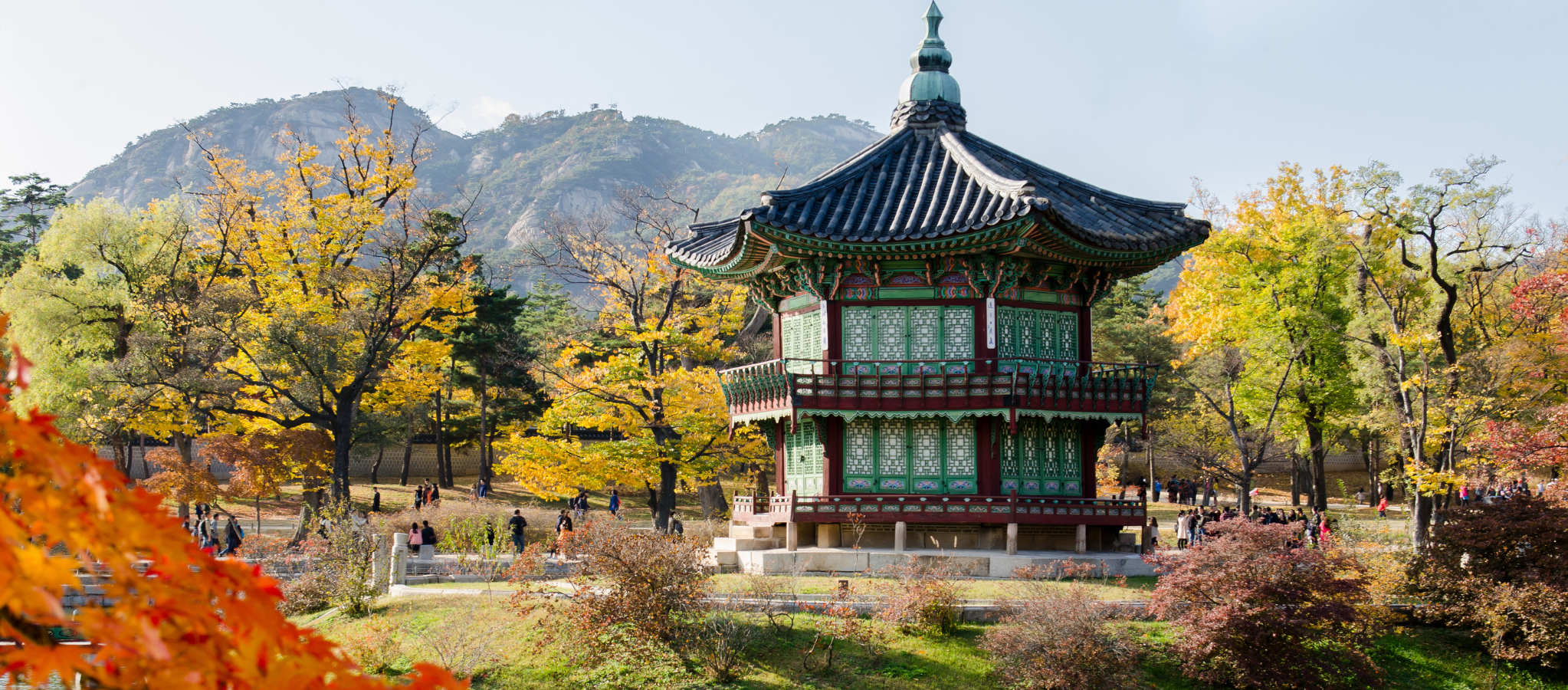 " alt="">
" alt=""> 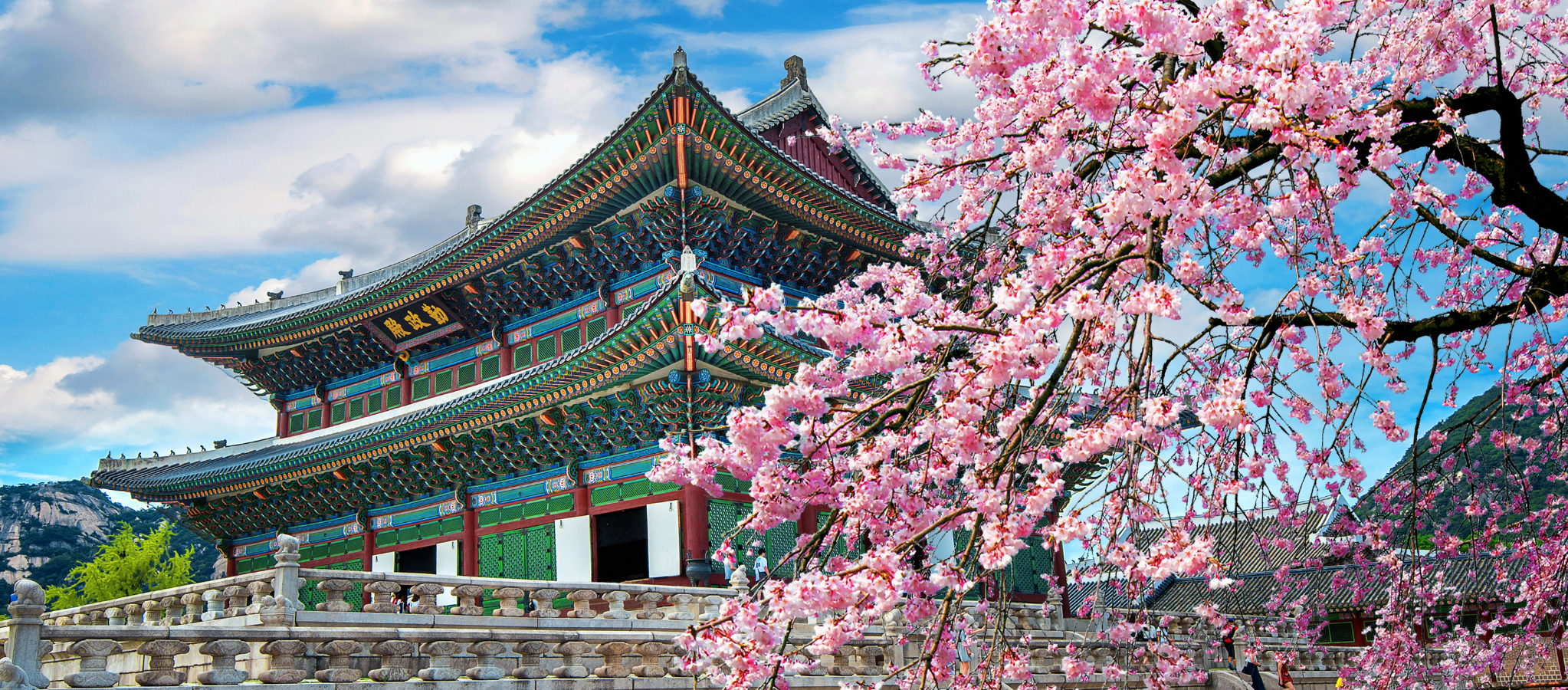 " alt="">
" alt=""> 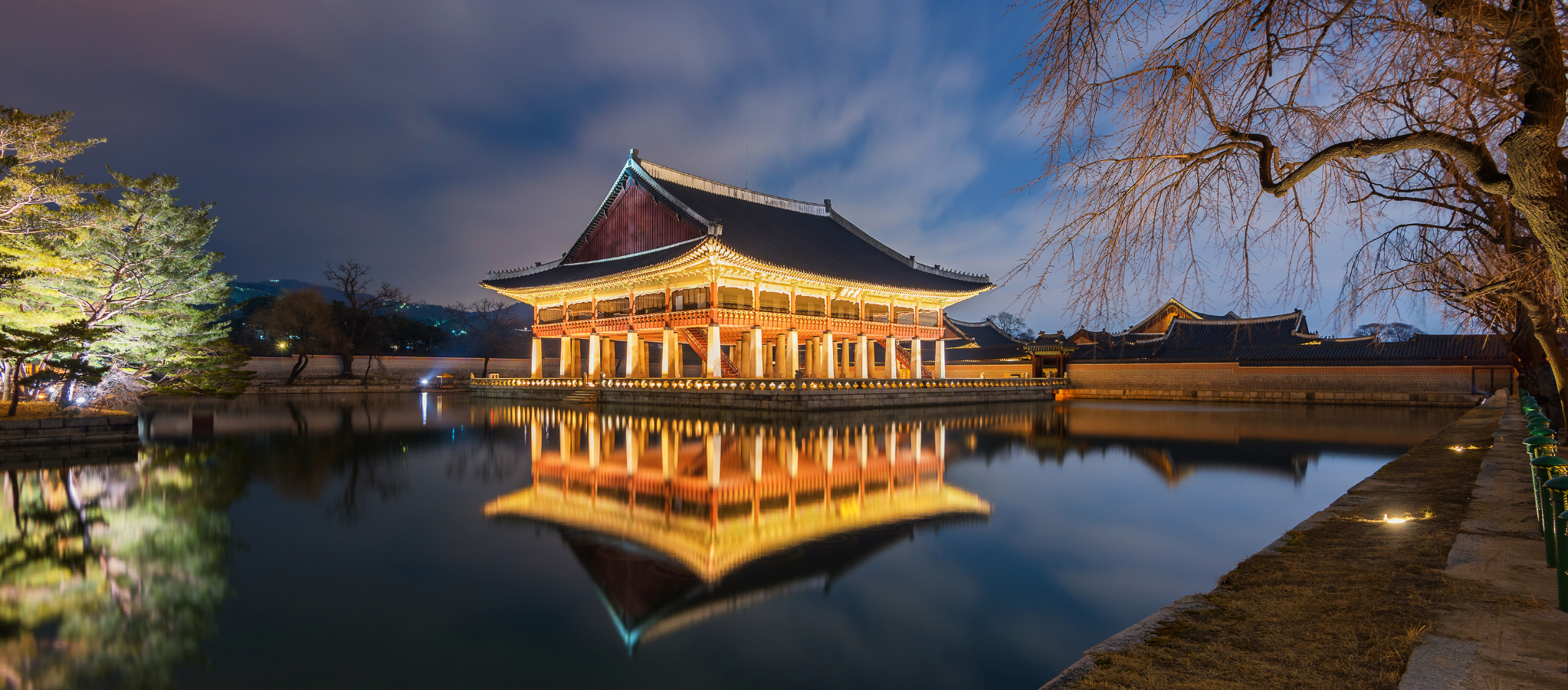 " alt="">
" alt="">  " alt="">
" alt="">